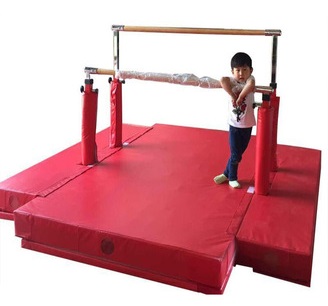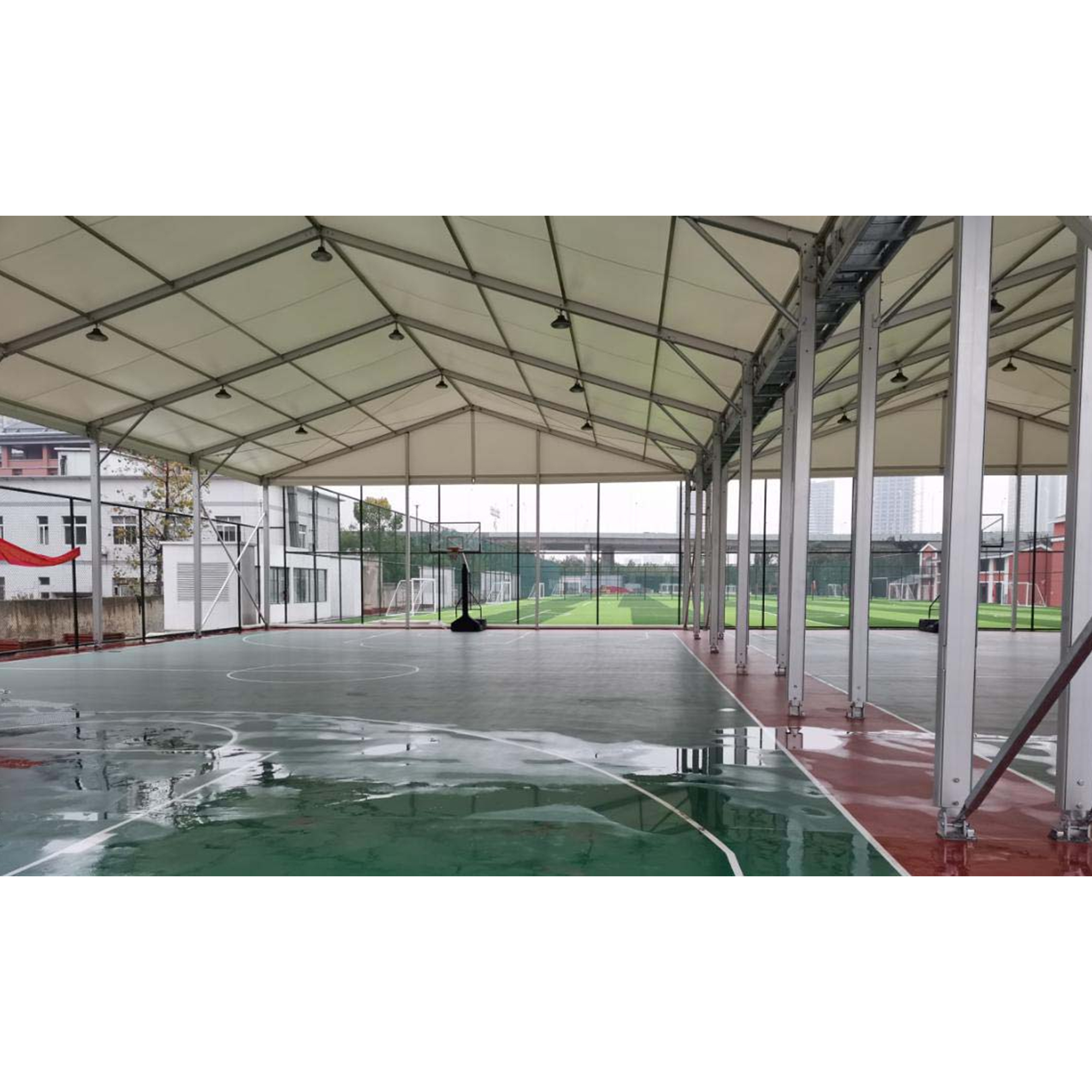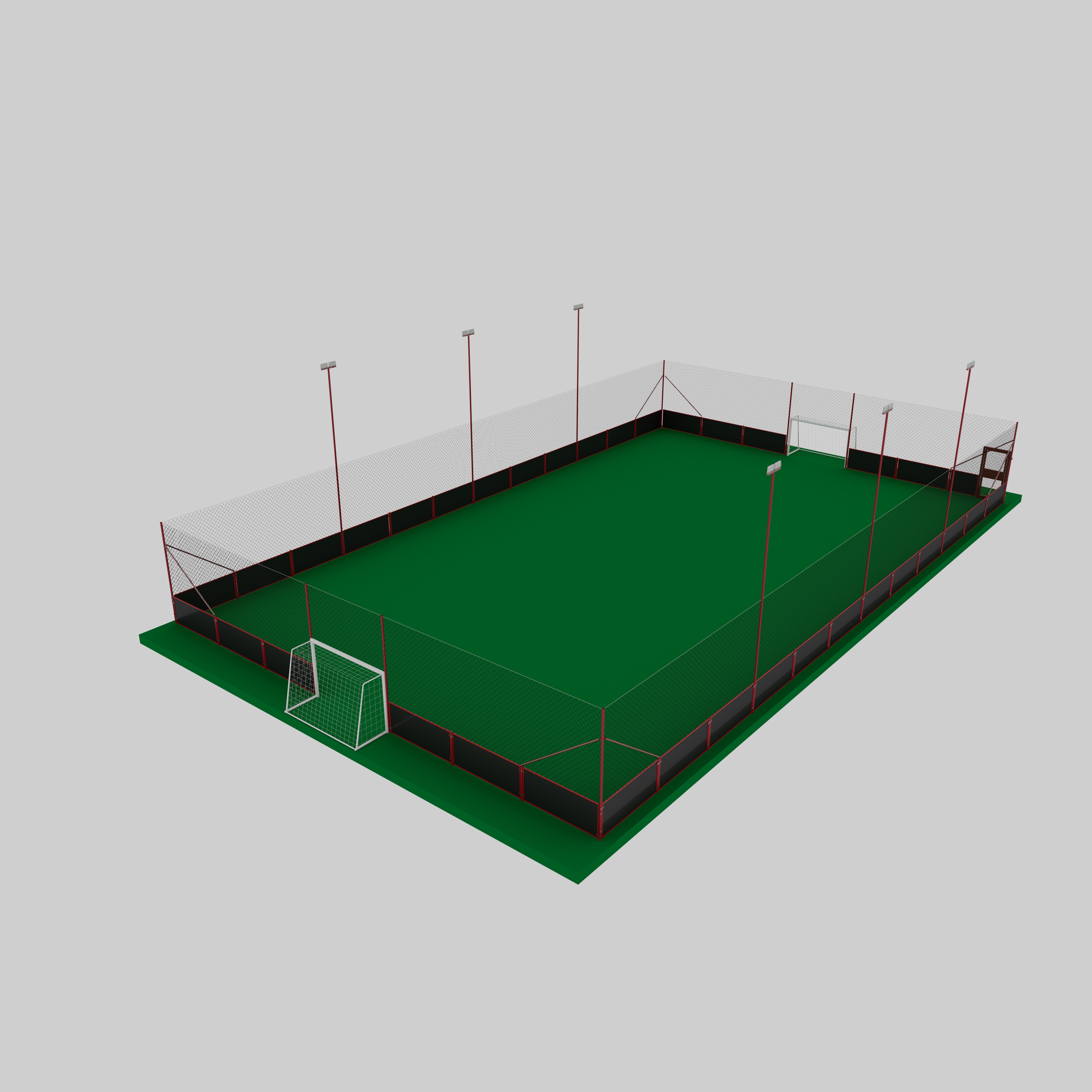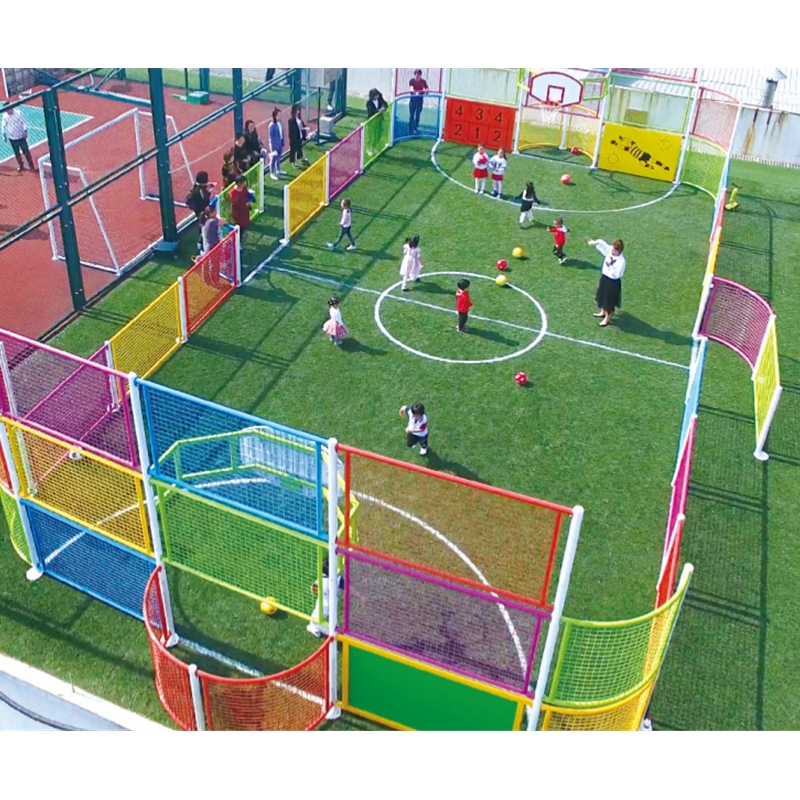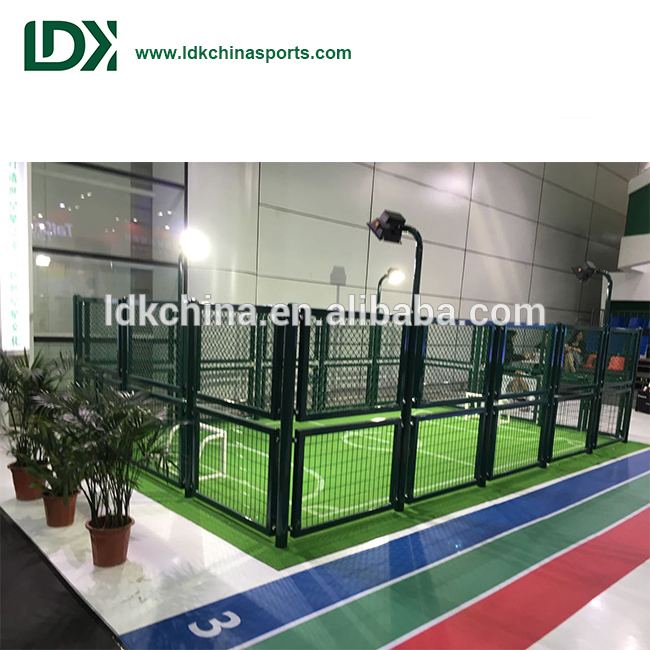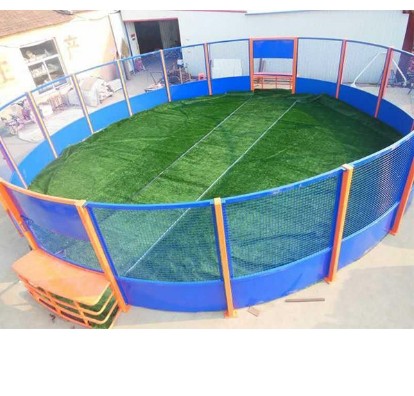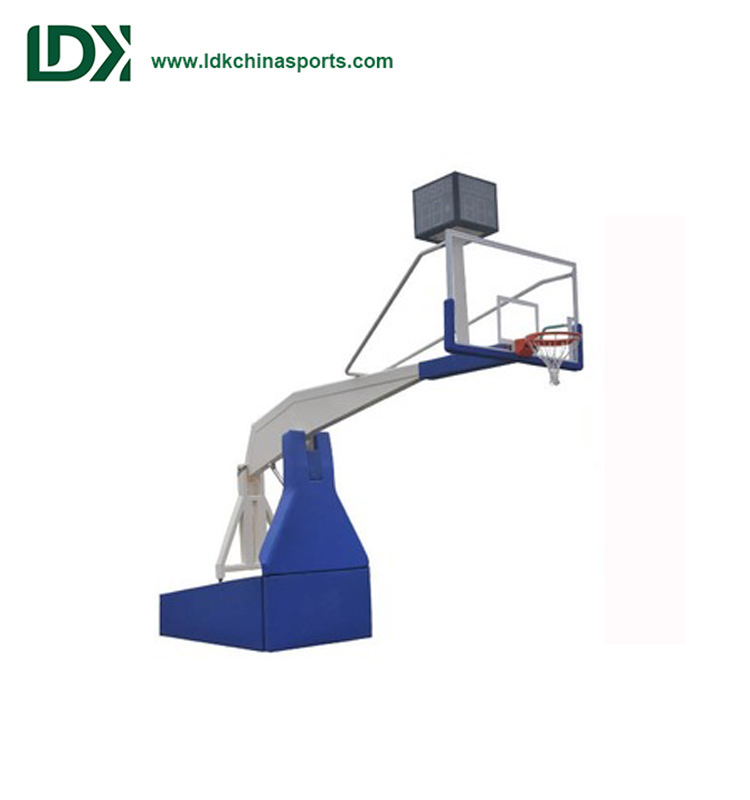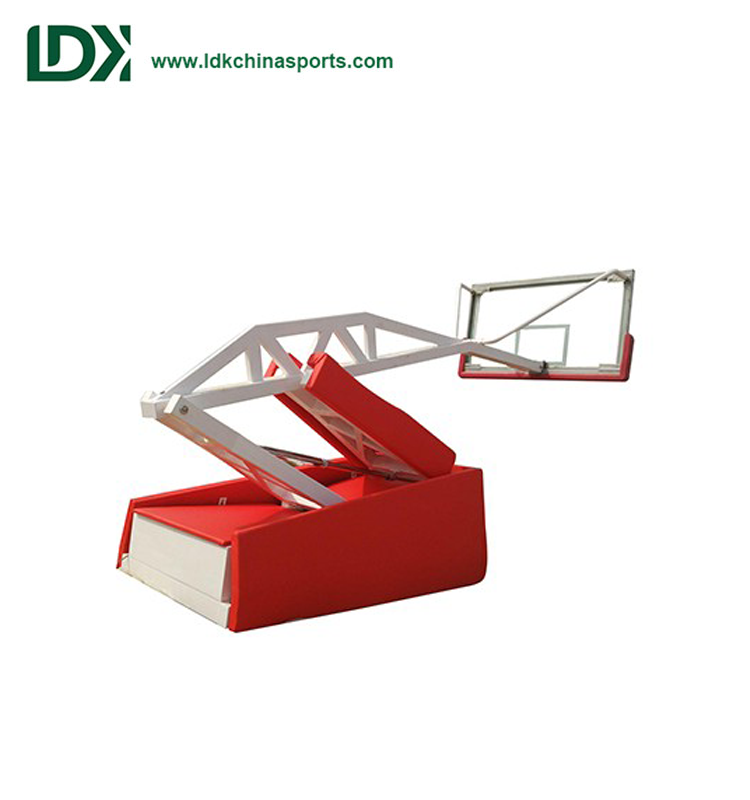Balance ability is a fundamental element of body stability and movement development, which is the ability to automatically adjust and maintain normal body posture during movement or external forces. Regular balance exercises can improve the function of balance organs, develop physical fitness such as strength, jumping, coordination, and flexibility, improve the accuracy of movements, and cultivate students’ calm, brave, and decisive willpower. Balance exercise is an action practice that reduces the support surface and improves the ability to control the body’s center of gravity, divided into dynamic exercise and static exercise. Balance exercises for primary and secondary school students should mainly focus on dynamic exercises and supplemented by static exercises.
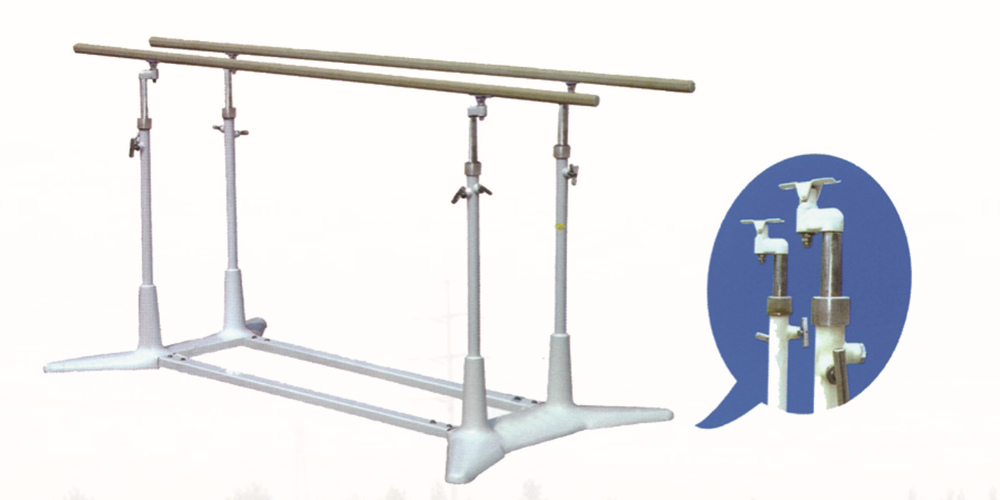
Adjustable Gymnastics Parallel Bars
1、 Developing strength and quality through balanced exercises
(1). Single leg support squat
Functional value: Practicing leg strength has a significant effect on improving the strength of the quadriceps and hamstring muscles in the thighs.
Practice method and citation: single foot support, upper body upright, arms naturally drooping; When the supporting leg is bent and squatted, the knee joint should be bent less than 135 degrees. The swinging leg should be extended forward from the ground, while the upper body should lean slightly forward. The arms should naturally open from bottom to top to maintain balance. When squatting, the hip and knee joints of the body should be fully straightened, and the abdomen should be closed and the waist should be upright. The practice of supporting squats can adopt the form of group “Golden Rooster Independence” competition, where one can observe who squats more times within the specified time, or who perseveres for a longer time at the same rhythm. The footwork of roller skating, ice sports, and martial arts is widely used in the practice of this movement.
Attention: The movements of the upper and lower limbs should be coordinated, the rhythm should be consistent, and the legs should be practiced alternately. 8-10 times per group, with an interval of 30 seconds, with 3-5 groups per session. Practitioners with weaker balance abilities can start practicing with one hand supporting the wall, with the same movement requirements.
(2). Left and right straight body rolling
Functional value: Developing core strength in the waist and abdomen, suitable for students at all levels to use.
Practice method and citation: Lie upright on a cushion, legs straight, heels off the ground, arms raised (or placed on the side, or bent elbows in front of the chest). Roll to the left (right) with the center of gravity of the body, use the force of flipping over the shoulders and hips to drive the body to roll once, and then return in the opposite direction. This movement is commonly used in Gymnastics techniques such as rolling and turning.
Attention: When rolling, keep your legs together, straighten your knees, and strain your feet. You can practice using ankle joint clamps. 6-8 weeks per group, with an interval of 30 seconds, with 3-5 groups per session. Students of different ages and levels should be adjusted according to their actual situation.
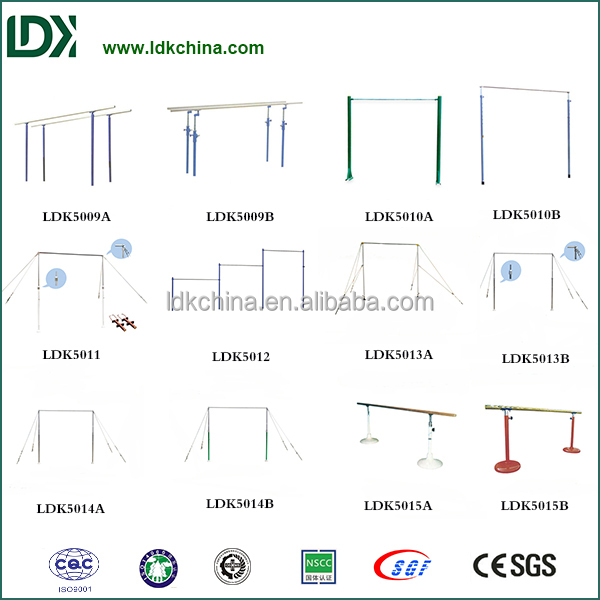
2、 Developing bouncing ability through balanced exercises
(1). Jumping on one foot during movement
Functional value: Exercise the strength of leg and waist and abdominal muscles, and have a significant effect on developing jumping ability.
Practice method and citation: With one foot support, bend the knee when taking off, lower the center of gravity, exert force on the forefoot, jump forward and up, swing the leg positively and pull upwards, coordinate the arms to maintain balance, and transition from heel landing to full foot landing when landing, bending the knee to cushion. Lower grade students can practice the games of “driving trains” and “fighting roosters” more, while higher grade students can jump over obstacles of a certain height during practice, which not only increases the fun of practice but also improves the effectiveness of practice. This exercise is often used in jumping events in athletics.
Attention: When taking off, swing your legs upwards to exert force, fold your calves naturally, coordinate your upper and lower limbs, and bend your knees to cushion when landing. Alternating between legs, 10-20 times per group, with a 30 second interval, for 2-3 groups. Adjustments can be made according to the practitioner’s actual situation, gradually progressing.
(2). Jump up and down high steps with both feet in a row
Functional value: Continuous practice of jumping up and down high steps with both feet not only develops students’ jumping skills, but also enhances their lower limb strength, agility, and coordination, cultivating their courageous and decisive willpower.
Practice method and citation: Open your feet naturally, bend your knees, lean your upper body forward slightly, and lift your arms back. Then swing your arms forward and up with force, while pushing your feet hard to the ground, quickly jump up and down (the steps), and bend your knees to cushion yourself. When jumping to the ground, place your heels on the ground first, while naturally bending your knees to cushion and maintain balance. Continuous double foot jumping up and down high steps can be used as a practice for standing long jump takeoff and landing.
Attention: The jumping up and down movements are continuous. Step height 30-60cm, 10-20 times per group, with an interval of 1min, for 3-5 groups. The height and jumping distance of the steps should be adjusted according to the actual abilities of the students, pay attention to safety, and do not perform on hard ground. Lower grade students should place mats in front of the steps for safety protection during practice.
3、 Developing Flexibility through Balanced Exercises
(1). Yan style balance
Functional value: Developing the flexibility of practitioners can greatly help improve the strength of the lower back muscles.
Practice method and citation: Stand upright, slowly lift one leg backwards, bend the upper body forward, and when the hind leg is raised to the highest position, lift the head and chest up to form a balanced position of single leg support and arm side lifts. Yan style balance is commonly used in Gymnastics, martial arts, and other events.
Attention: Lift the legs first, then bend the upper body forward, and use the soles and toes to control the center of gravity of the body. When lifting the hind legs to the highest position, maintain a balanced position for 2-3 seconds. Practice alternating legs, 10-20s per group, with a 20 second interval, for 4-6 groups. Yan style balance is a static exercise, and it is recommended to combine it with dynamic auxiliary exercises.
(2). Positive kick
Functional value: Fully stretch the posterior thigh muscle group and calf gastrocnemius muscle, improve students’ flexibility, enhance joint mobility, and effectively prevent sports injuries.
Practice method and citation: Stand with both legs side by side, raise your palms flat with both arms, step up with your left foot, hook your right foot forward and kick your leg upwards, alternating between the left and right feet. When kicking, stand tall with your chest and waist, hook your toes, accelerate after kicking over your waist, and strain your feet when falling. Kicking is the basic leg technique in martial arts.
Attention: When practicing, maintain a proper posture, gradually increasing the amplitude and strength of the upward kick from low to high, from slow to fast, and gradually increasing it. Kick up 20-30 times/group alternately, with an interval of 30 seconds, 2-4 groups each time, and do more forward kicking exercises during movement.
4、 Developing coordination skills through balanced exercises
(1). Walk with arms placed on different parts of the forefoot
Functional value: Developing coordination skills and lower limb strength. Practice method and citation: Place your arms behind your back, head behind your back, and cross your waist. Lift your arms forward, up, or sideways, or do a natural walk with one hand cross your waist and the other hand doing side, up, or forward lifts. Keep the upper body upright, naturally straighten the chest, straighten the waist, walk with the forefoot, and keep the heels off the ground. This exercise is often used in lower grade walking projects, and it is also an important means to strengthen the correct posture and natural walking. Based on the growth and development characteristics of lower grade students, different terrains of forefoot walking can be used, which is full of fun in practice.
Attention: Step on the ground with the forefoot, keep the heel off the ground, and look straight at the waist to maintain balance. The forward speed gradually increases from slow to fast. 1-2 minutes per group, with a 1-minute interval, for 3-4 groups.
(2). Kick and slap under the crotch
Functional value: Developing students’ upper and lower limb coordination ability, exercising their waist and abdominal strength, and promoting the development of their sensitive qualities.
Practice method and citation: With one foot support, when taking off, bend the knee and use the forefoot to exert force. Jump up from the ground, swing the legs and thighs to exert force, kick the toes upwards, and when the legs swing to the highest point, use both hands to hit the hips with a high palm. Quickly switch from swinging legs to supporting leg exchange exercises after landing on the ground. This exercise method is commonly used for warm-up activities in various sports, which can transition from kicking in place to slapping in the crotch.
Attention: When kicking, keep the upper body upright and swing the legs above 90 degrees. Kick up with alternating legs, clap your hips 30-40 times per group, with an interval of 30 seconds, each time in 3-5 groups. According to the practitioner’s actual ability, the frequency of kicking should change from slow to fast, following the principle of gradual progression, and transitioning from practicing in place to practicing while moving after becoming proficient.
Publisher:
Post time: Jun-28-2024

